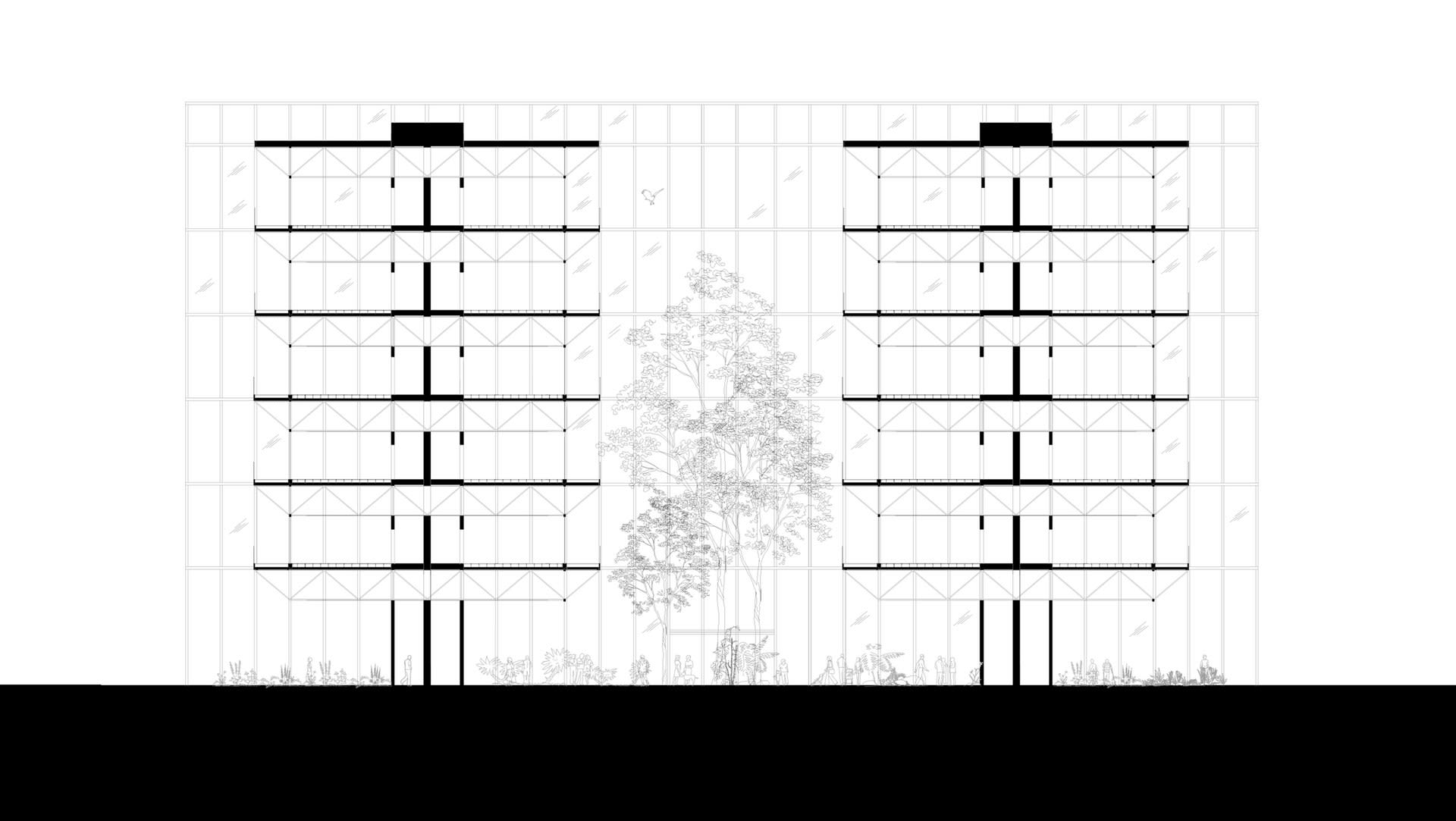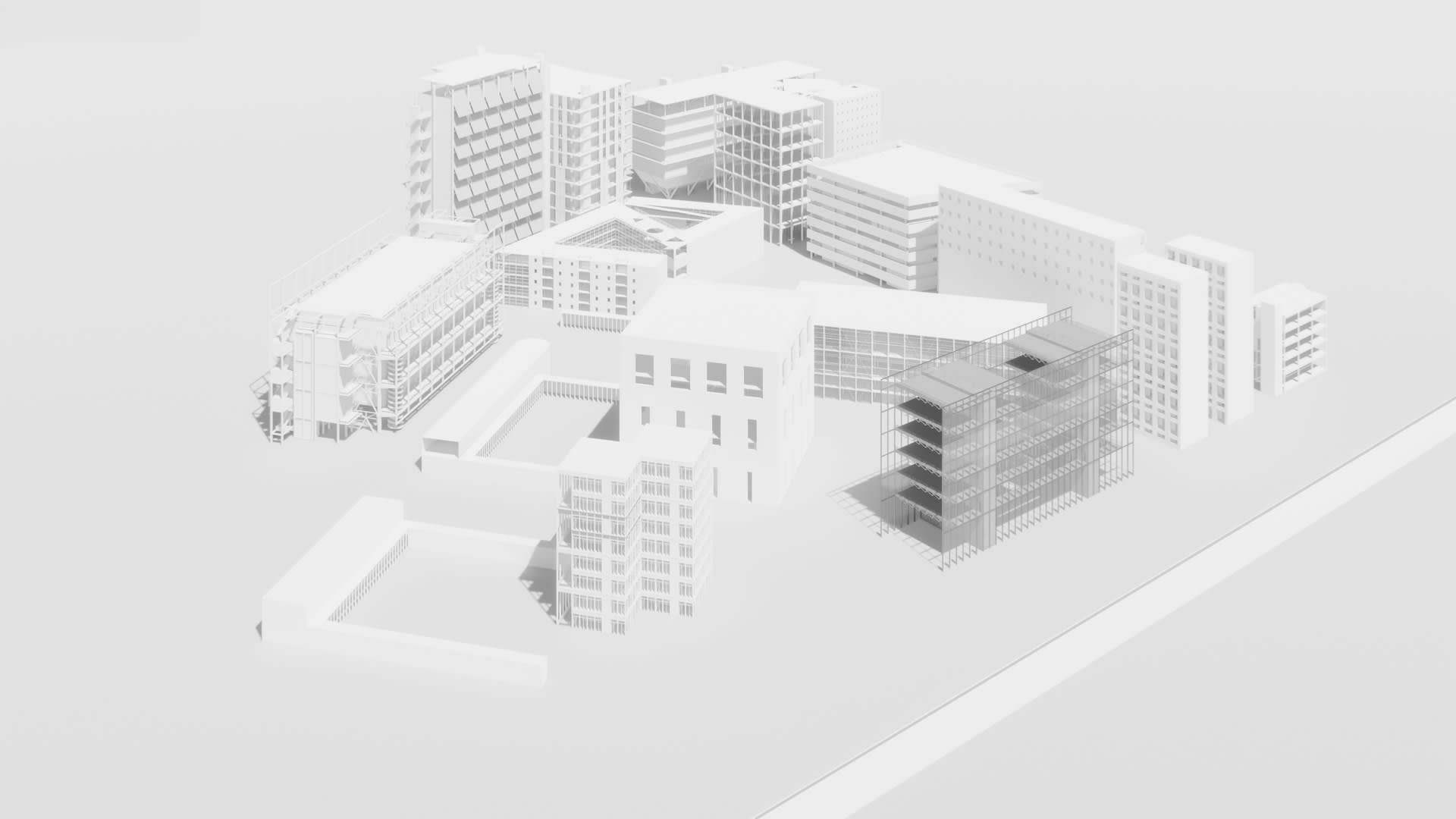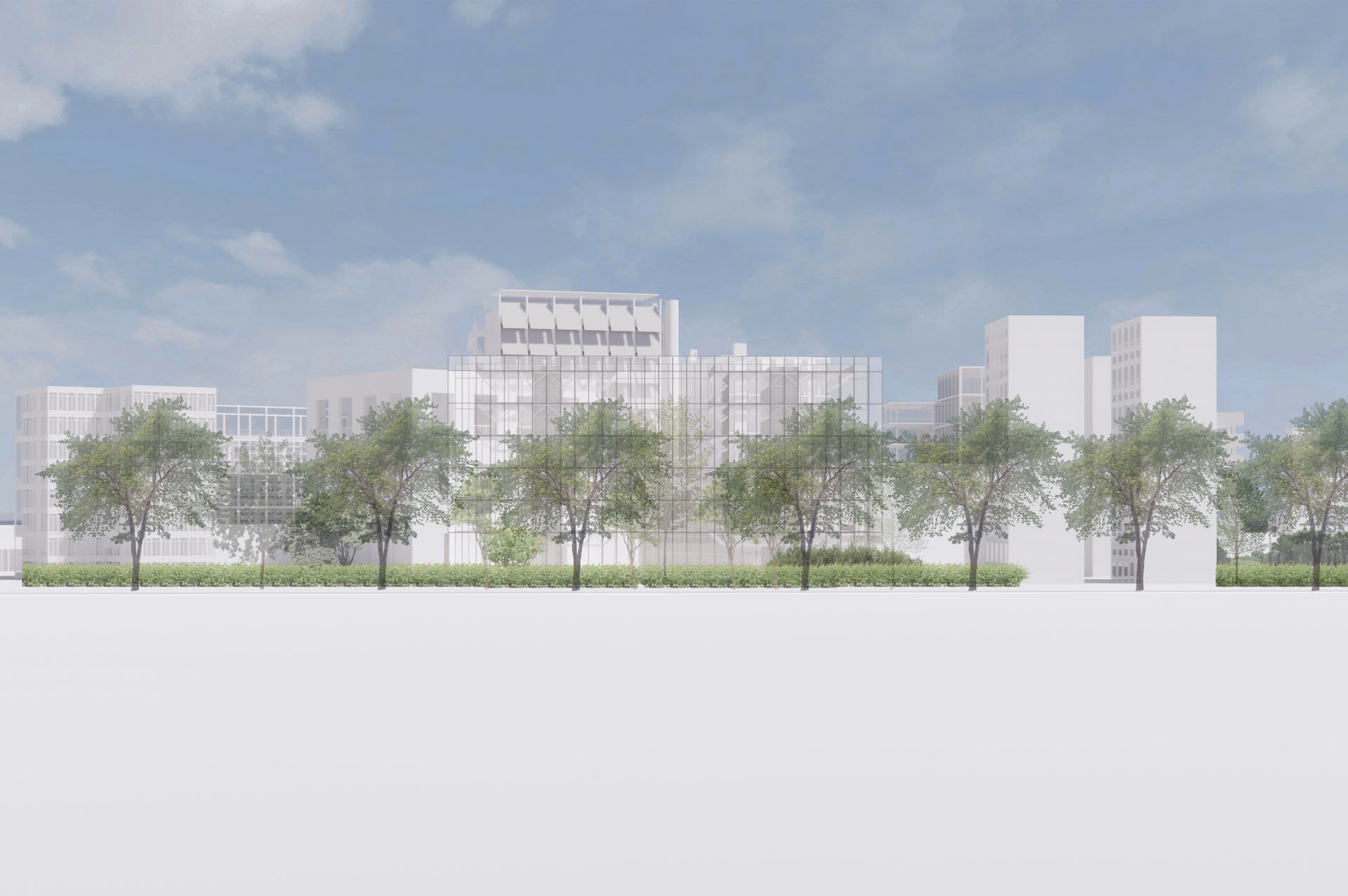Lee's day
In the early morning, on Monday, Lee returns home from his class trip to Tokyo. The campus is still very quiet. Lee was never an early riser but, having landed at 6 am from Tokyo, it was the birds who welcomed him as he entered the garden. He had missed this calmness and the greenery. As he strolls in, he picks up toys lying on the grass and puts them to one side. He encounters Claire, with foggy glasses, drinking a cup of coffee.
As he takes out his key, he notices new flowers planted by the entrance. He wonders what their names are.
Coming out from the lift, he sees the road is getting busier just like any other Monday morning. Through a solid metal door, he enters the flat. "Ah, it’s nice to be back home," Lee says. He peeks into the quiet living room, and it doesn’t take too long to guess what last night’s dinner was. He pulls the curtain back and leaves the doors open.
It seems as though none of his friends have woken up yet. He quietly walks along the balcony without disturbing them and retreats into his cosy room.
It was a long journey back. He pulls out a laptop from his backpack to double-check he doesn’t have any lectures today, whilst hot water is filling up the bathtub. It’s going to take him a couple days to fully recover from jet lag.
-
Claire's day
After Claire finishes her coffee and writes a to-do list for the week, she goes up to the yoga class and meets her friend, Vicky. They slide all the doors to one side to enjoy yoga in the fresh air. The early morning sun touches their skin, and they feel that winter is coming.
At 9 am, the yoga class ends, and Claire walks down to her office. She sees Ian watering plants in a suit and a couple of their employees catching up on their weekend’s down in the courtyard. A new week has begun.
As the day passes, blinds are up, curtains are pulled back and doors are slid open. The building truly becomes an open-air indoor-outdoor pavilion.
At 6 pm, lights go off, and Claire closes her laptop. A busy day filled with back-to-back meetings finally ended, she goes out to the balcony and touches the leaves of the trees whilst stretching her shoulders.
As warned by the weather forecast, it is getting windier. But between the two screens, it feels still and peaceful.
She sees Vicky calling to her son, who is playing in the courtyard, for dinner. The delicious smell across the floor makes her hungry and she ambles along the balcony into her studio, where she is fully detached from work.
















